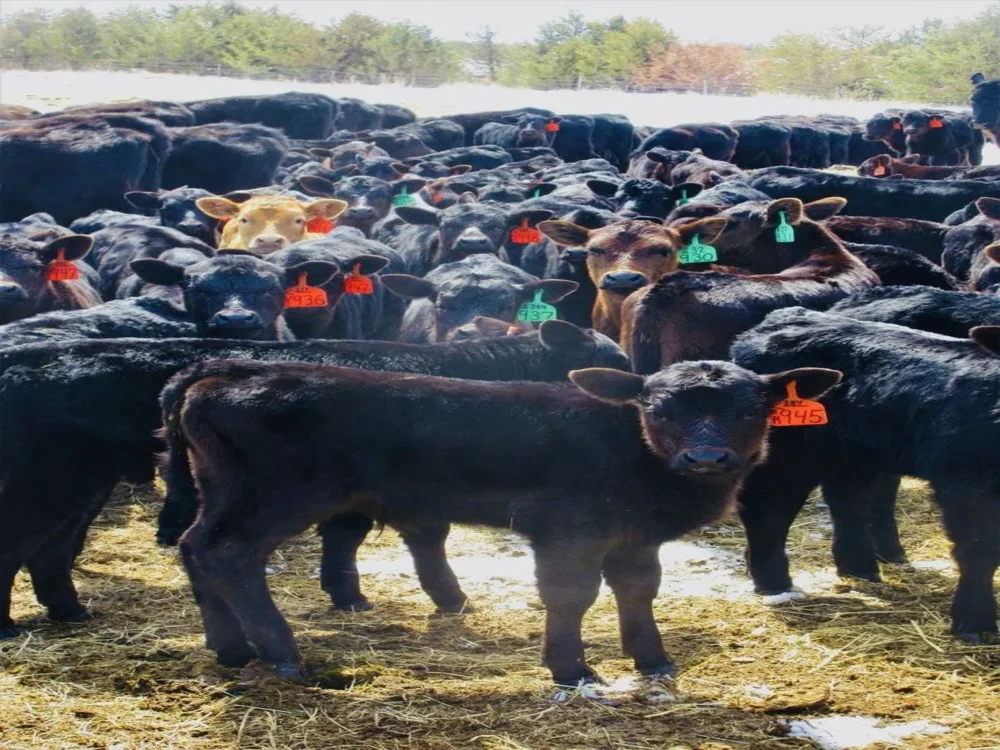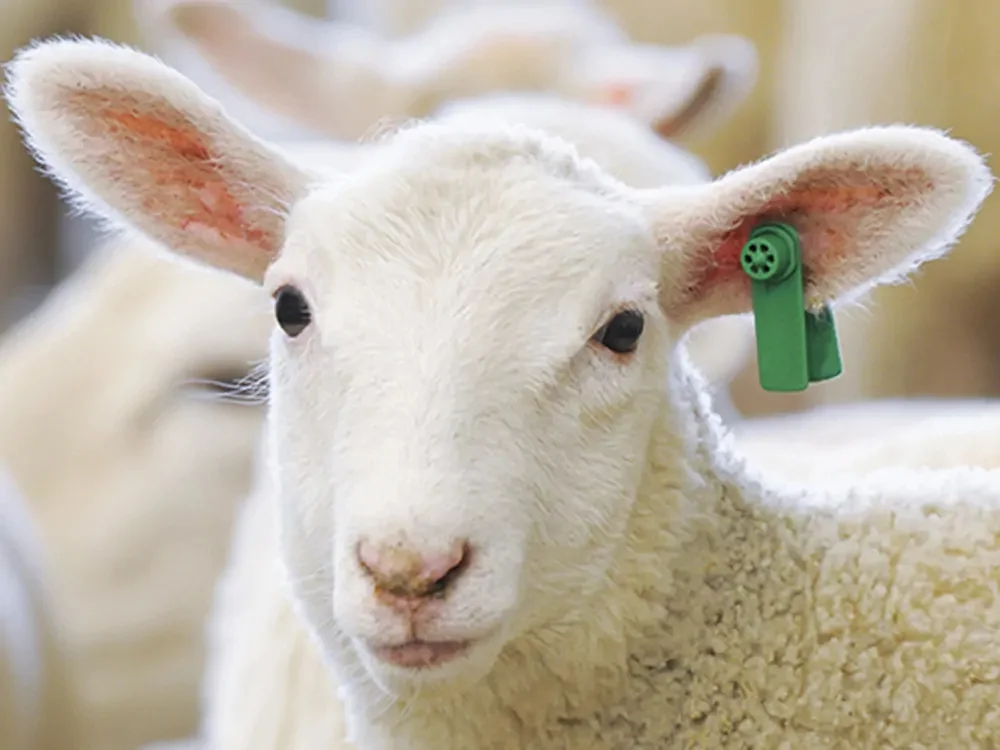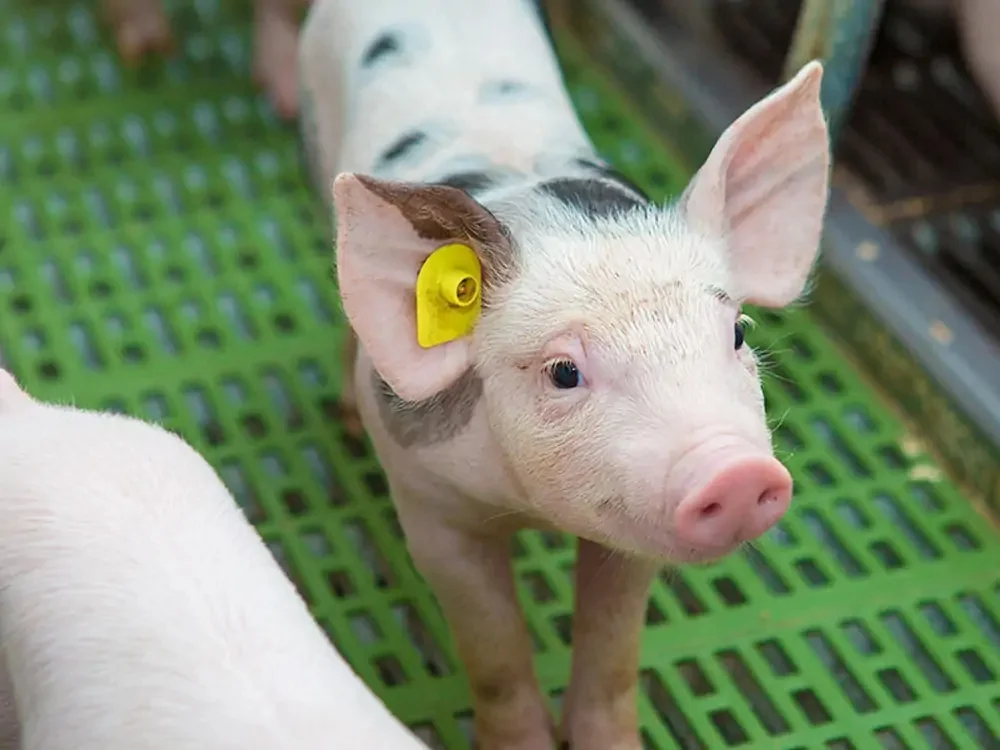Modern agriculture has evolved beyond barbed fences and counting heads to track livestock. There are numerous practices that farmers use to ensure the smooth running of their farms. Among these is Livestock tagging.
In agriculture, keeping track of your herd is more than just counting animals. Ear tags play an important role in livestock rearing. They also come in many types that provide individual benefits during use. These could include disease control, movement tracking, and promoting efficient breeding programs.
Tagging animals is a simple procedure. The difficulty of this task lies in the rules that govern the process of tagging livestock. This article will unravel the specifics of sheep, pig, and cattle tagging rules. Read on for more.
Cattle Tagging Rules
The cattle tagging system has one of the strictest rules in agriculture. At first glance, cattle ear tags seem like fancy jewellery that cows rock. However, a cattle ear tag is a legal requirement for every cattle in your herd. They are unique identifiers that distinguish one cow from the other. They also help farmers track and observe the health and movement of their animals.

1. Double Tagging
“All cattle born after the 1st of January 1998 must bear a DEFRA-approved cattle ear tag in each ear”.
A unique aspect of cattle identification is “double tagging”. Double tagging is a specific method of identification for mainly cattle. It involves using two ear tags with the same ID number on a single animal.
Double cow ear tagging acts as a two-factor ID system for livestock. If one tag sustains damage or gets lost, the second tag will remain in place.
Double tagging is only mandatory for cattle born after the above date.
“Any cattle born in or imported into Great Britain before the 1st of January 1998 are exempt from this rule. You can identify them with a single tag instead”.
2. Primary and Secondary Tags
“All cattle within a herd must be tagged with a primary and secondary cattle ear tag”.
The tags used in double tagging are known as primary and secondary tags.
Primary tags are distance-readable, so farmers prefer a larger size. These tags usually have bright colours to be read easily from afar. The secondary tag is smaller and can be metal, button, or plastic. So, if your animal loses an ear tag, replace it with another tag with its printed ID number.
3. Timely Cow Ear Tagging
“After birth, all cattle must undergo tagging with certified ear tags in both ears within 20 days”.
The deadline for cow ear tagging varies between herd types.
Dairy farmers operate on a stricter timeframe. They must apply at least one tag to the calf within 36 hours of parturition. After fitting the first tag, dairy farmers have 20 days to attach the second tag. Beef farmers have a more relaxed deadline that permits fitting both tags within 20 days of life.
4. Tag Specifications
Not all cattle ear tags are suitable for official cattle identification. The tags you choose must adhere to the criteria established by regulatory bodies. These specifications encompass numbering format, material quality, and official markings. These markings include country codes or official logos that verify the legitimacy of your tags. Moreover, your tags should be durable enough to endure the stresses of farm life.
Sheep Tagging Rules
Unlike cattle, sheep tag rules are more flexible depending on age, purpose, and movement.

1. Age Matters
Farmers apply sheep ear tags within 6 to 9 months after birth, depending on whether they remain in their holding overnight.
“If they remain in a holding that protects them from the elements during nighttime, lambs should receive tags within six months.”
“Lambs without overnight shelter should receive their tags within nine months.”
This timeframe gives the lambs time to grow before wearing their identification tags.
“But, if the lambs need to move from their holding, sheep ear tags become mandatory, regardless of age.” They ensure that farmers can trace their animals’ lifecycles even in the market.
2. Slaughterhouse Special
“Farmers must fit sheep destined for slaughter before 12 months of age with a yellow EID tag”.
This tag will display the farm’s flock mark and allow them to move as a batch without individual tracking.
3. Breeding Flock
“Lambs kept for over 12 months after birth or intended for breeding must be double tagged. Of these two tags (breeding pair), one must be a yellow electronic tag”.
When these sheep are moved from the holding of their birth, they will go on record individually. Their sheep ear tags will bear your flock mark and a unique ID number for each animal.
4. Missing Tags
“A sheep born after the 1st of January 2010 must be fit with a pair of tags, of which one is a yellow EID tag”.
Missing tags can be a real headache. But don’t panic. You can resolve the issue by replacing them with a pair of red ear tags, one of which must be an EID tag. But remember to record this incident in your flock book as “lost tags” to maintain accurate data.
5. Historic Flock
“A sheep born before the 1st of January 2010 must be fit with a pair of ear tags, one of which must be electronic”.
Sheep in this category were called historic flocks. If you have a flock with sheep tagged before the above date, you must upgrade their identification.
6. New age
“All sheep born on or after the 1st of January 2015, must be fit with EID tags”.
Pig Tagging Rules

Keeping track of your animals is just as crucial in pig farming. Similar to cattle and sheep, pig ear tags are vital for disease control, monitoring, and herd health. But different from their barnyard buddies, pig ear tagging offers more flexibility.
Pig identification involves two methods-tagging and slap marking. Pig ear tags attach to one or both ears and bear a unique ID number. These tags can be metal or plastic that farmers use for different purposes. The metal tags are for pigs raised for slaughter, while plastic tags are for the breeders.
Slap marking is a method that tattoos ink on both shoulders of a pig. This method does not involve ear tags. However, the slap mark displays a unique ID number similar to an ear tag’s number.
